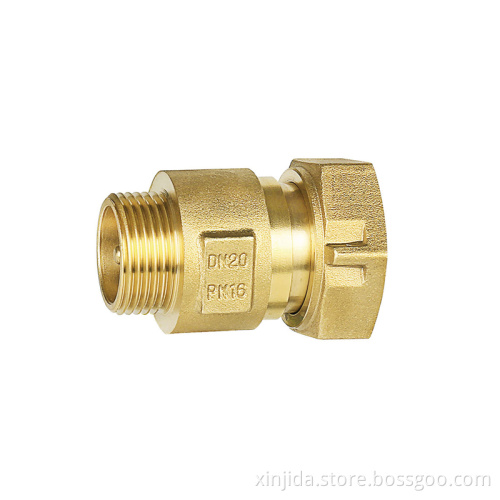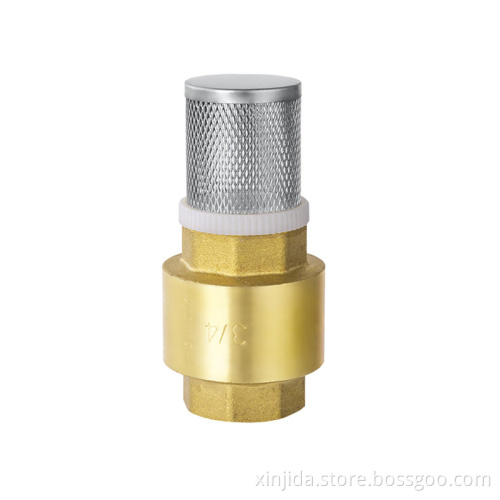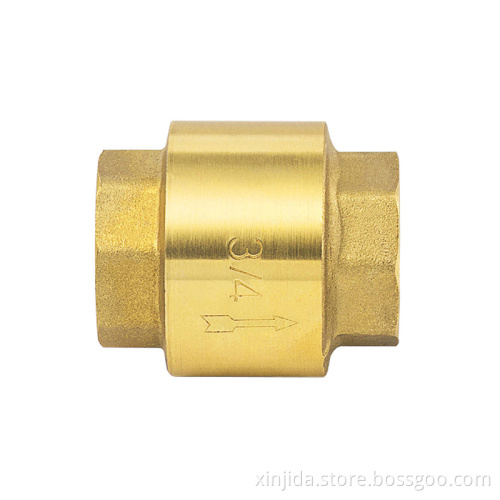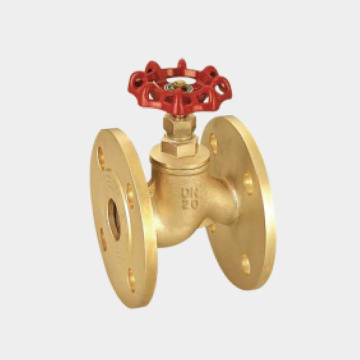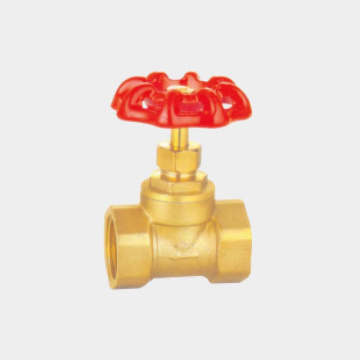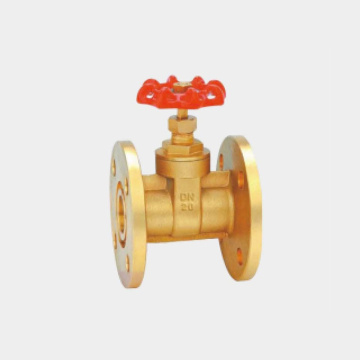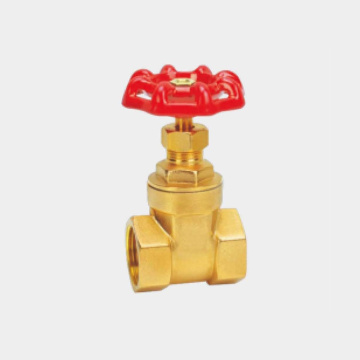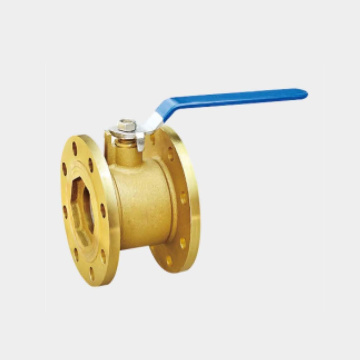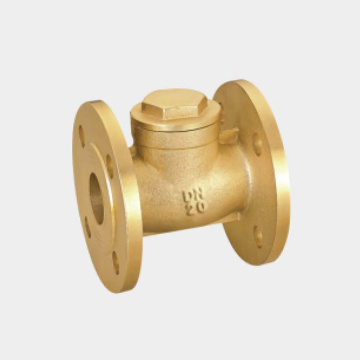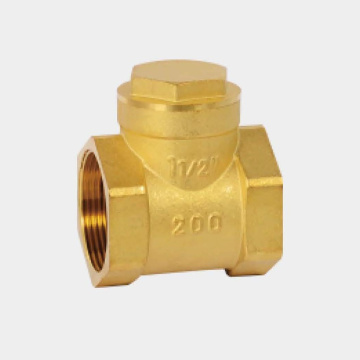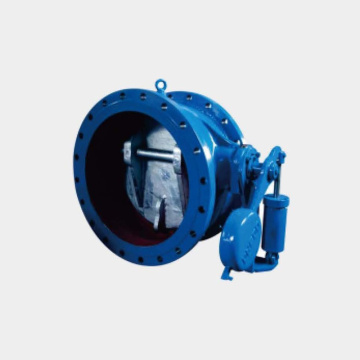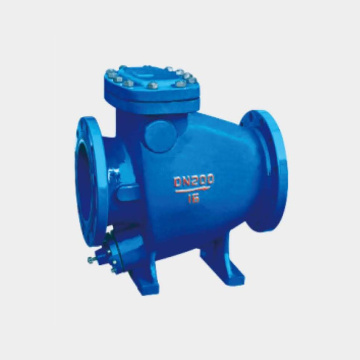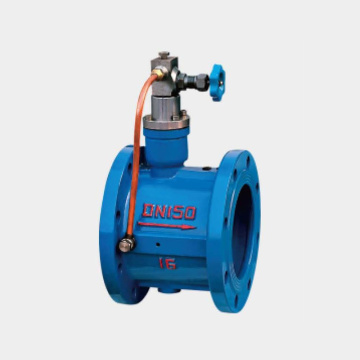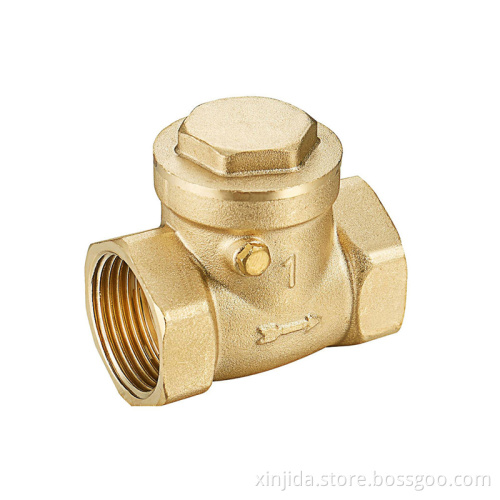
Brass horizontal check valve
- Transportation:
- Ocean, Land
- Port:
- chongqing
Quantity:
Your message must be between 20 to 2000 characters
Contact NowBasic Info
Basic Info
| Place of Origin: | China |
|---|---|
| Productivity: | 5000 Piece/Pieces per Month |
| Supply Ability: | 5000 Piece/Pieces per Month |
| Payment Type: | T/T |
| Incoterm: | FOB |
| Transportation: | Ocean,Land |
| Port: | chongqing |
Product Description
Product Description
Brass check valve is a common control valve. Its function is to control the direction of fluid flow in the pipeline while preventing backflow or backflow. Brass is one of the commonly used manufacturing materials because of its excellent corrosion resistance and strength.
Brass check valve are also known as brass check valves or non return valves. It mainly consists of the main body, valve cover, valve disc, and other parts. The valve disc is the main part of a valve, usually in the shape of a ball or disc. When the liquid flows to the valve, the valve disc opens, allowing the fluid to pass through. When the direction of liquid flow is reversed, the valve disc will close to prevent reverse flow. This type of valve has excellent sealing performance, so it is widely used in fluid pipelines.
The function of brass check valve in pipelines is to prevent water flow backflow and mixing of the medium inside the pipeline, and to reduce the occurrence of water hammer, noise, and other phenomena. This valve has the advantages of simple structure, convenient operation, and long service life. It is also relatively convenient for installation and maintenance. It can be installed in any position without considering the impact on water flow. In addition, its sealing performance is excellent, which can reduce the risk of water leakage.
In the selection process of brass check valves, the following factors need to be considered: pipeline material, flow rate, environmental temperature, medium properties, medium corrosiveness, valve type, etc. Firstly, the pipeline material should match the valve material. Secondly, there is a relationship between flow rate and valve type. If the flow rate is too high, it is recommended to choose a ball valve. The ambient temperature can affect the strength of brass, and it is necessary to choose the appropriate valve type based on the actual working environment. The properties of the medium also need to be considered. If the medium is acidic or alkaline, corrosion-resistant brass materials need to be selected. Finally, the valve type is selected based on the usage situation, such as ball valve, angle valves, etc.
Brass check valve are also known as brass check valves or non return valves. It mainly consists of the main body, valve cover, valve disc, and other parts. The valve disc is the main part of a valve, usually in the shape of a ball or disc. When the liquid flows to the valve, the valve disc opens, allowing the fluid to pass through. When the direction of liquid flow is reversed, the valve disc will close to prevent reverse flow. This type of valve has excellent sealing performance, so it is widely used in fluid pipelines.
The function of brass check valve in pipelines is to prevent water flow backflow and mixing of the medium inside the pipeline, and to reduce the occurrence of water hammer, noise, and other phenomena. This valve has the advantages of simple structure, convenient operation, and long service life. It is also relatively convenient for installation and maintenance. It can be installed in any position without considering the impact on water flow. In addition, its sealing performance is excellent, which can reduce the risk of water leakage.
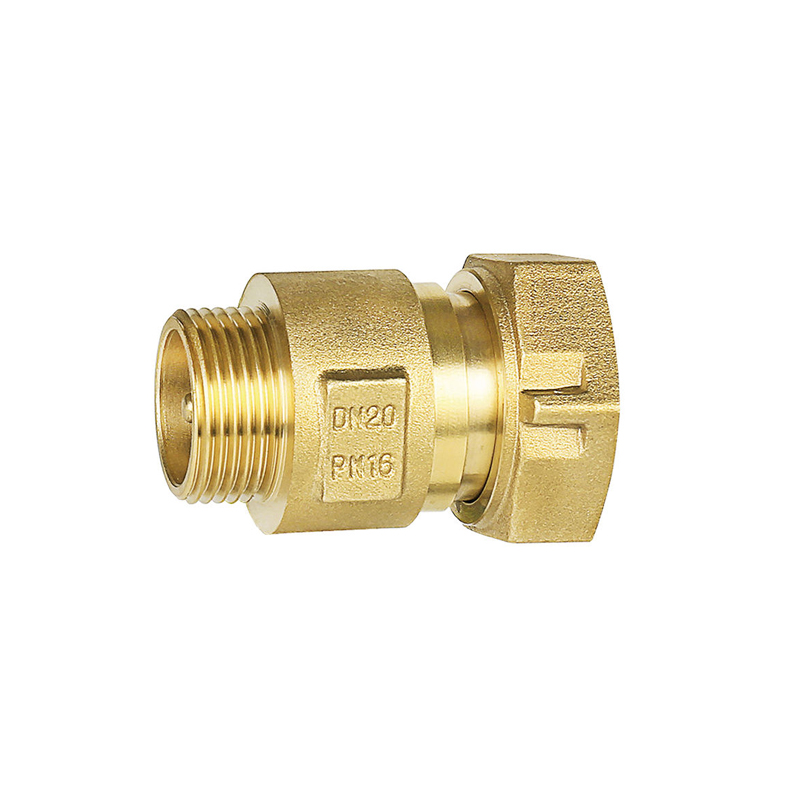
In the selection process of brass check valves, the following factors need to be considered: pipeline material, flow rate, environmental temperature, medium properties, medium corrosiveness, valve type, etc. Firstly, the pipeline material should match the valve material. Secondly, there is a relationship between flow rate and valve type. If the flow rate is too high, it is recommended to choose a ball valve. The ambient temperature can affect the strength of brass, and it is necessary to choose the appropriate valve type based on the actual working environment. The properties of the medium also need to be considered. If the medium is acidic or alkaline, corrosion-resistant brass materials need to be selected. Finally, the valve type is selected based on the usage situation, such as ball valve, angle valves, etc.
Related Keywords
Related Keywords


